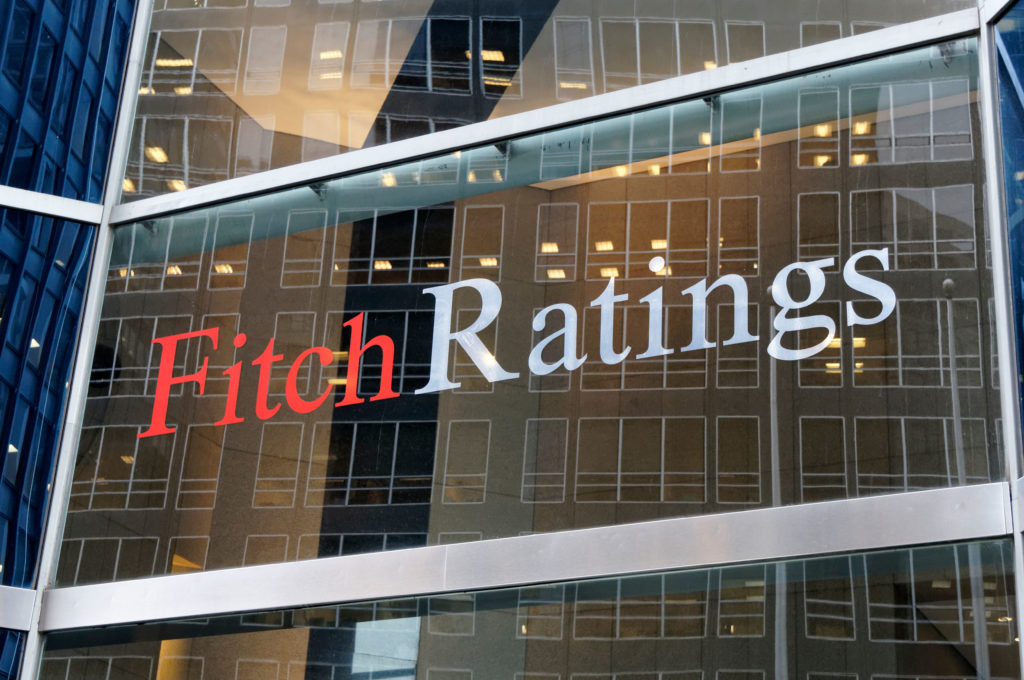YEREVAN
Fitch Ratings has affirmed Armenia’s long-term foreign-currency Issuer Default Rating (IDR) at ‘B+’ with a Stable outlook.
The agency said that Armenia’s ‘B+’ IDRs reflected strong per-capita income, governance and business environment indicators relative to other countries in the region, as well as a robust macroeconomic and fiscal policy framework and credible commitment to reform that were underpinned by an International Monetary Fund programme.
“Set against these strengths are high public foreign-currency debt, relatively weak external finances, and geopolitical tensions that have the potential to reignite into military conflict,” Fitch said in a report.
According to the agency, public debt is high, with general government debt/GDP jumping 13pp to peak at 67.4 percent (current ‘B’ median: 68 percent) at the end of 2020, due to the fiscal impact of the pandemic and the impact of the war with Azerbaijan on public finances, the fall in GDP and depreciation of the dram currency.
Fitch forecasts debt/GDP to fall to 60.2 percent in 2021 on strong nominal GDP growth at 13 percent, narrowing of the fiscal deficit, and strengthening of the dram.
“Public debt/GDP should continue its gradual downward trajectory to 55 percent by 2023, guided by the government’s commitment to its debt reduction fiscal rule, which will be reinstated from 2022,” Fitch said.
Foreign currency debt is high at 81 percent of total government debt in 2021 (‘B’ median: 63 percent), and heightens sensitivity to exchange rate fluctuations.
Fitch forecasts the consolidated government deficit to narrow to 3.8 percent of GDP in 2021 compared to 5.1 percent in 2020, and further to 2.0 percent by 2023.
Fiscal performance for the first seven months of 2021 showed an outperformance relative to both the government’s and Fitch’s forecasts at the last review.
Tax revenues rose by 10.5 percent year-on-year, driven by higher VAT receipts from a rebound in domestic consumption and foreign trade, while investments and other expenditures were under-executed relative to the budget at end-July.
The deficit will be financed predominantly by the $750 million Eurobond proceeds raised in February 2021, but deficit financing in 2022-23 will focus more on domestic sources as the government seeks to reduce external debt and limit vulnerability to dram depreciation.

